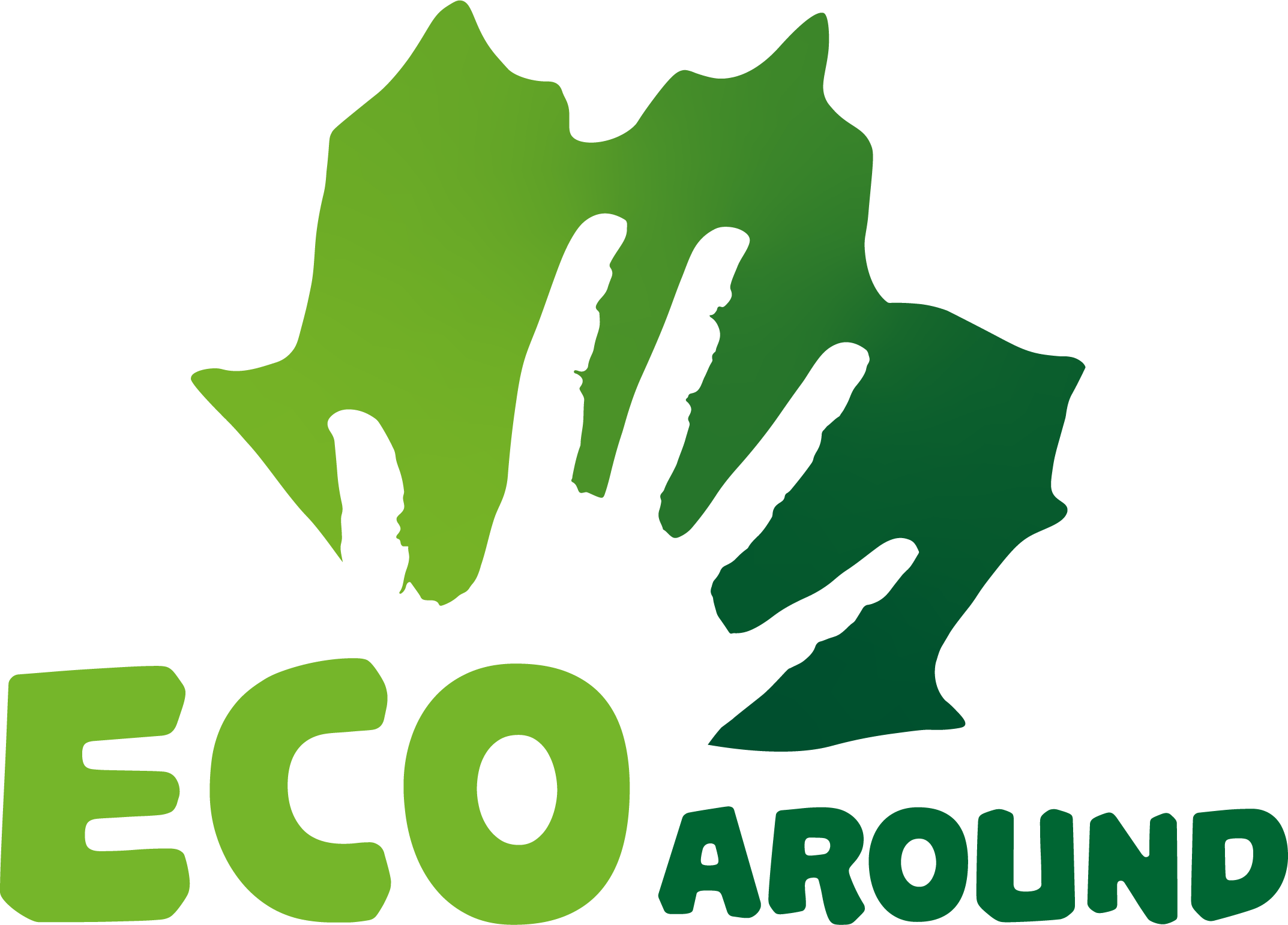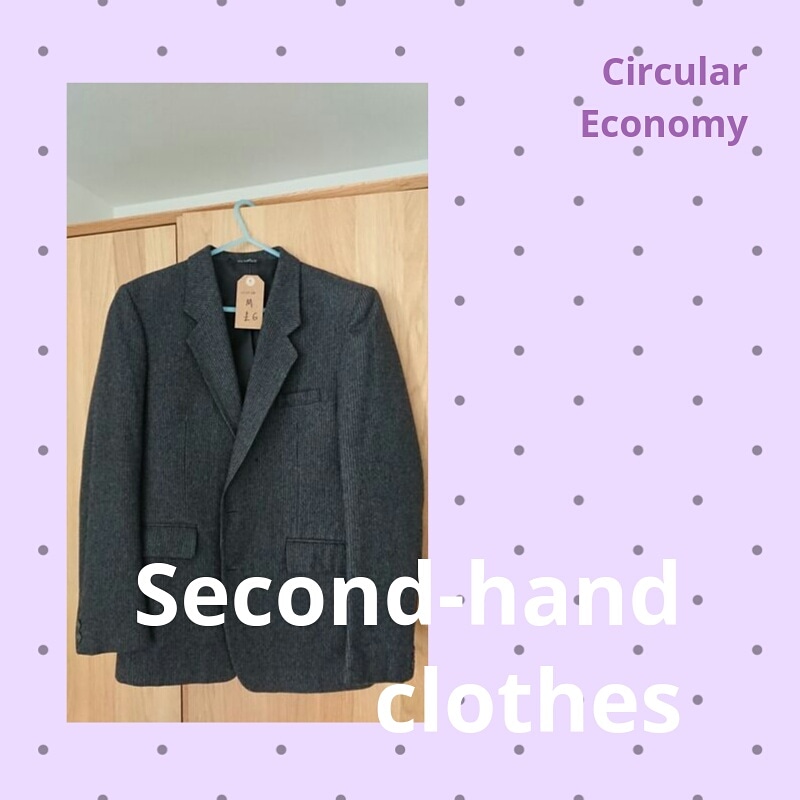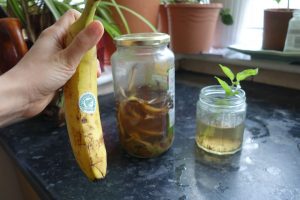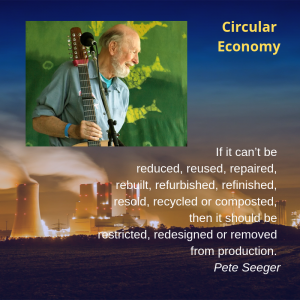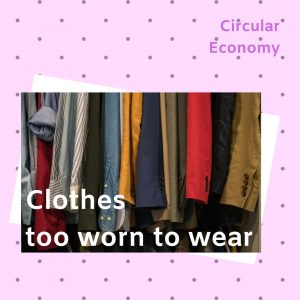Heading off for a wedding in Porto (make sure you carbon offset your flight!) Jon needed a jacket and so thought he would check out his local charity shop. He was thinking about the circular economy and so thought about buying some used clothes. He managed to find himself a bargain in his local Samaritans shop. It was £6 for a smart jacket which seems nearly new! Jon has been reading up on the idea of a circular economy, so reusing products when you can, this can be another good way of reducing his impact on the planet.
So, next time you’re out shopping think about the circular economy and buying used clothes.

What is a circular economy?
Looking beyond the current take-make-waste extractive industrial model, a circular economy aims to redefine growth, focusing on positive society-wide benefits. It entails gradually decoupling economic activity from the consumption of finite resources, and designing waste out of the system. Underpinned by a transition to renewable energy sources, the circular model builds economic, natural, and social capital. It is based on three principles:
- Design out waste and pollution
- Keep products and materials in use
- Regenerate natural systems
The concept of a circular economy
In a circular economy, economic activity builds and rebuilds overall system health. The concept recognises the importance of the economy needing to work effectively at all scales – for large and small businesses, for organisations and individuals, globally and locally.
Transitioning to a circular economy does not only amount to adjustments aimed at reducing the negative impacts of the linear economy. Rather, it represents a systemic shift that builds long-term resilience, generates business and economic opportunities, and provides environmental and societal benefits.
[information taken from Ellen MacArthur Foundation]
